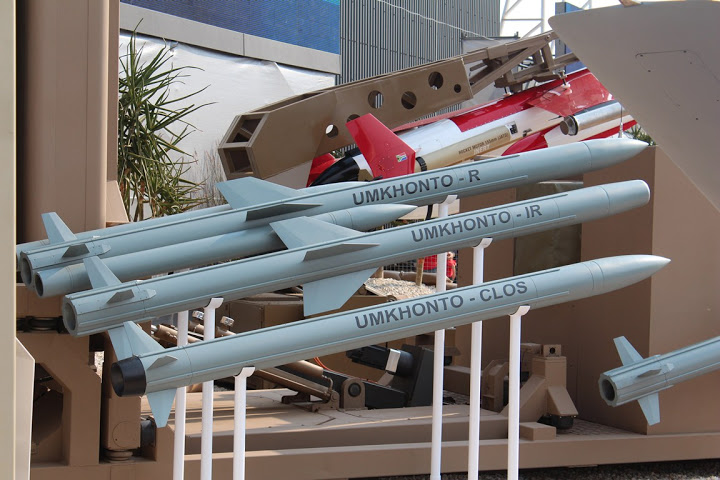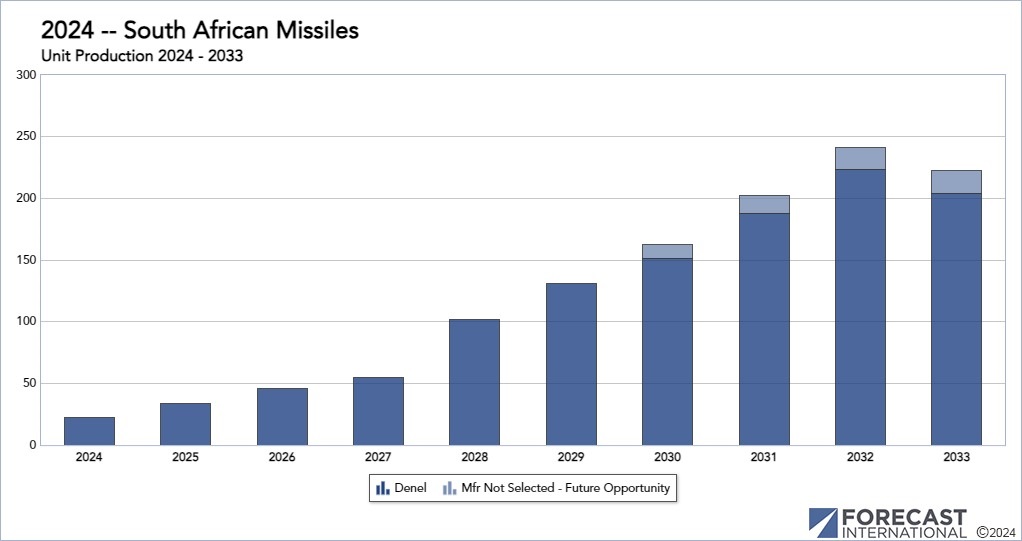
South Africa is a long participant in the international defense market. During the Cold War, the South African government invested heavily in developing a domestic arms design and production capability. Besides supplying its domestic military, South Africa won numerous export orders and launched multiple cooperative programs with foreign partners.
South Africa has produced anti-armor, air defense, strike, and anti-ship missiles. Now, growing political turmoil and a faltering economy are threatening the future of South African companies in this market segment.
Political parties in South Africa appear more focused on destroying one another than developing a plan to fix the problems the nation faces. The African National Congress (ANC), which has dominated politics in South Africa since the end of apartheid, is divided into “camps” with corruption, patronage, and clientelism rampant. Political pundits bemoan a worrisome drift towards authoritarianism among voters, especially young people.
As the political “deathmatch” proceeds, the South African economy sputters and threatens to collapse. An energy crisis is impacting all sectors of the economy. Money for defense projects is drying up, siphoned away by corrupt government officials, or wasted on defense contracts that produce no results (except for enriching company officials).
Can South Africa fix these problems? Yes, but reformists face deeply entrenched interests that will oppose any change that threatens their hold on power. Without change, South African missile companies will not be able to establish the joint ventures with foreign firms that they so desperately need.

For more than 35 years, Larry has been involved in research and analytical work for various Forecast International projects. He has contributed to the Airborne Electronics Forecast and was chief editor on the World Aerospace Weekly newsletter. Larry was directly responsible for the creation of World Weapons Review, a biweekly industry market research publication specializing in weapon systems and related material. He was the creator of Unmanned Vehicles Forecast, launched to cover the growing market for civil and military drones, and was involved in the development of the Airborne Retrofit & Modernization Forecast service. He is currently responsible for the Missile Forecast and for FI's two Unmanned Vehicles Forecast services – Airborne Systems and Land & Sea Systems.




